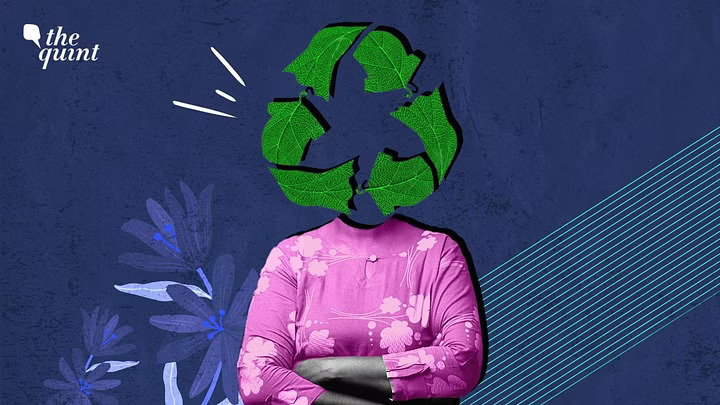Should Fashion Industry Switch To Sustainability To Fight Climate Change?
For the last few years, discussions about fast fashion and its effect on the climate have been making the rounds in various industry forums. Research shows that 25% of people in developed countries are aware of how the clothes they buy affect the climate. This has led to a rise in the concept of thrift shopping, conscious clothing, and industry realignment. The global consumption of clothes is expected to increase from 62 million metric tonnes in 2019 to 102 million tonnes in 10 years, with the assumption that demographic and lifestyle trends remain the same. Considering the consumption growth, global organizations such as UNEP and the Ellen MacArthur Foundation released a few numbers recently, to establish a clear understanding of the environmental impact of the fashion industry. Fashion is responsible for 10% of the world's carbon emissions, which is more than international flights and shipping put together. By 2030, the fashion industry's greenhouse gas emissions are expected to rise by over 50%. The 93 billion cubic meters of water used annually by the fashion industry is enough to supply five million people with all their needs. Around 20% of all the wastewater in the world comes from treating and dyeing fabrics. 87% of all the fiber that goes into making clothes is burned or dumped in landfills. Plastic microfibers, worth 50 billion plastic bottles, are dumped into the ocean annually. Microfibers cannot be removed from the water and can spread through the food chain.

